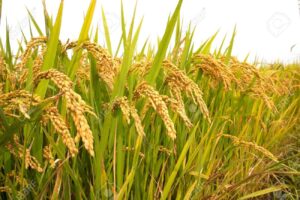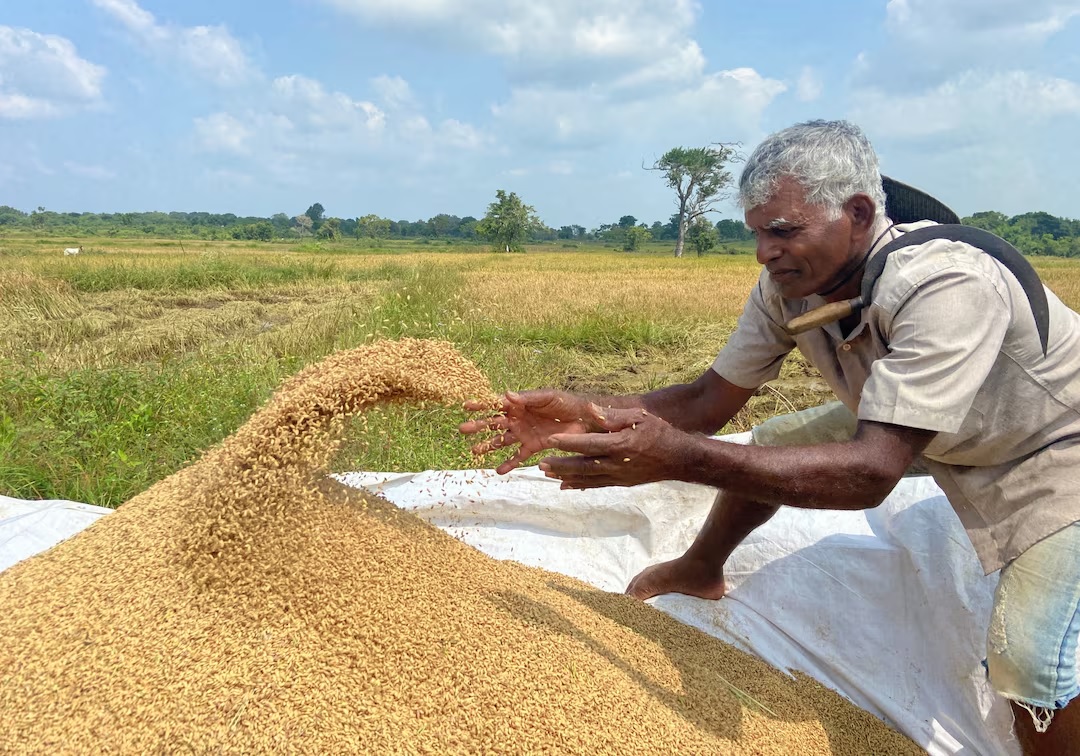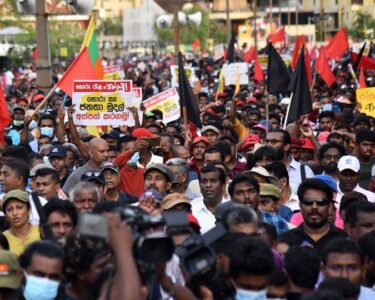In Sri Lanka, the recent increase in paddy prices is a win for farmers, but it’s likely to lead to higher rice prices for consumers, causing concerns across the country.
Paddy Price Increase: A Win for Farmers
The government has raised the minimum certified purchase price for paddy (Nadu) to LKR 120 per kilogram, a 14% increase from LKR 105 in 2024. This is good news for farmers, as it boosts their income and gives them more financial stability. With inflation currently at -4%, this increase is especially significant, as prices are generally falling in other sectors. Farmers are receiving more money for their crops, which will help them cover production costs and make a living.

Lower Diesel Prices Help Reduce Milling Costs
Another factor supporting the agriculture sector is the 20% drop in diesel prices, from LKR 358 to LKR 286. Diesel is essential for transporting paddy and running mills, so lower fuel costs can help reduce overall production costs. This drop could provide some savings, but the impact is limited by the rice price controls set by the government.
Rising Rice Prices: Bad News for Consumers
While farmers stand to gain, consumers are expected to face higher rice prices. Last year, when paddy was priced at LKR 105, the government imposed a maximum rice price of LKR 230. However, millers were reluctant to sell at that price. With paddy now priced at LKR 120, rice prices are likely to rise above LKR 230, potentially reaching LKR 250 or more. This would mean higher food costs for Sri Lankans, particularly for low-income households that rely heavily on rice as a staple food.
The Government Faces a Dilemma
The government’s plan to raise the price of paddy may help farmers, but it puts pressure on consumers who are already struggling with the cost of living. Although the LKR 120 minimum price for paddy was set to protect farmers, it could backfire later in the year if rice prices rise too much. Without a long-term plan to improve rice yields and reduce production costs, the government may find itself facing criticism from both farmers and consumers.
The Need for Long-Term Solutions
While the immediate increase in paddy prices benefits farmers, Sri Lanka needs a more sustainable plan for rice production. Without improving farming methods, increasing yields per acre, and finding ways to reduce costs, the country could continue facing high rice prices in the future. This situation highlights the need for a balance between supporting farmers and ensuring that consumers don’t face unaffordable food prices.
Need of Balance
The rise in paddy prices is a positive development for farmers, but it could lead to higher rice prices that will burden consumers. The government’s efforts to protect farmers are necessary, but without a long-term strategy to boost rice production and manage costs, the country may face challenges ahead. The key will be finding a solution that supports both farmers and consumers in a way that is sustainable for the future.







